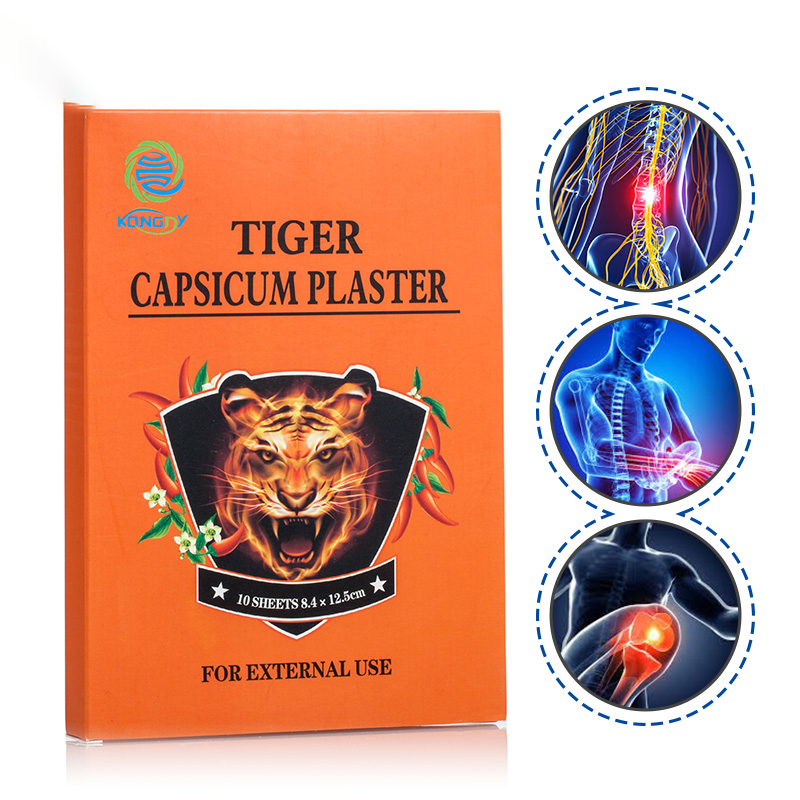Author:Kangdi 09-08-2024
Capsicum plasters, also known as capsaicin patches, are topical pain relief products that harness the natural analgesic properties of capsaicin, the active component in chili peppers. These adhesive patches are designed to be applied directly to the skin over areas experiencing pain or discomfort.
The mechanism of action behind capsicum plasters involves the depletion of substance P, a neurotransmitter responsible for sending pain signals to the brain. When applied, the capsaicin in the plaster initially causes a warming sensation, which may be accompanied by mild irritation. However, this sensation gradually subsides, leading to a reduction in pain perception in the treated area.
Capsicum plasters are commonly used for various types of pain, including arthritis, muscle strains, sprains, and back pain. They offer a non-invasive alternative to oral pain medications, potentially reducing the risk of systemic side effects. The localized application allows for targeted pain relief, making it an attractive option for many users.
While generally safe, capsicum plasters may cause skin irritation in some individuals. It's important to follow the usage instructions carefully and avoid applying them to broken or irritated skin. Users should also be cautious about heat exposure while wearing the plaster, as it may intensify the warming effect.
As with any pain management approach, it's advisable to consult with a healthcare professional before incorporating capsicum plasters into your regimen, especially for those with sensitive skin or underlying health conditions. When used appropriately, these plasters can be an effective tool in managing various types of pain and promoting overall comfort.
 0086 19937104978
0086 19937104978





